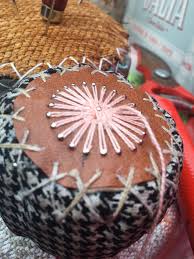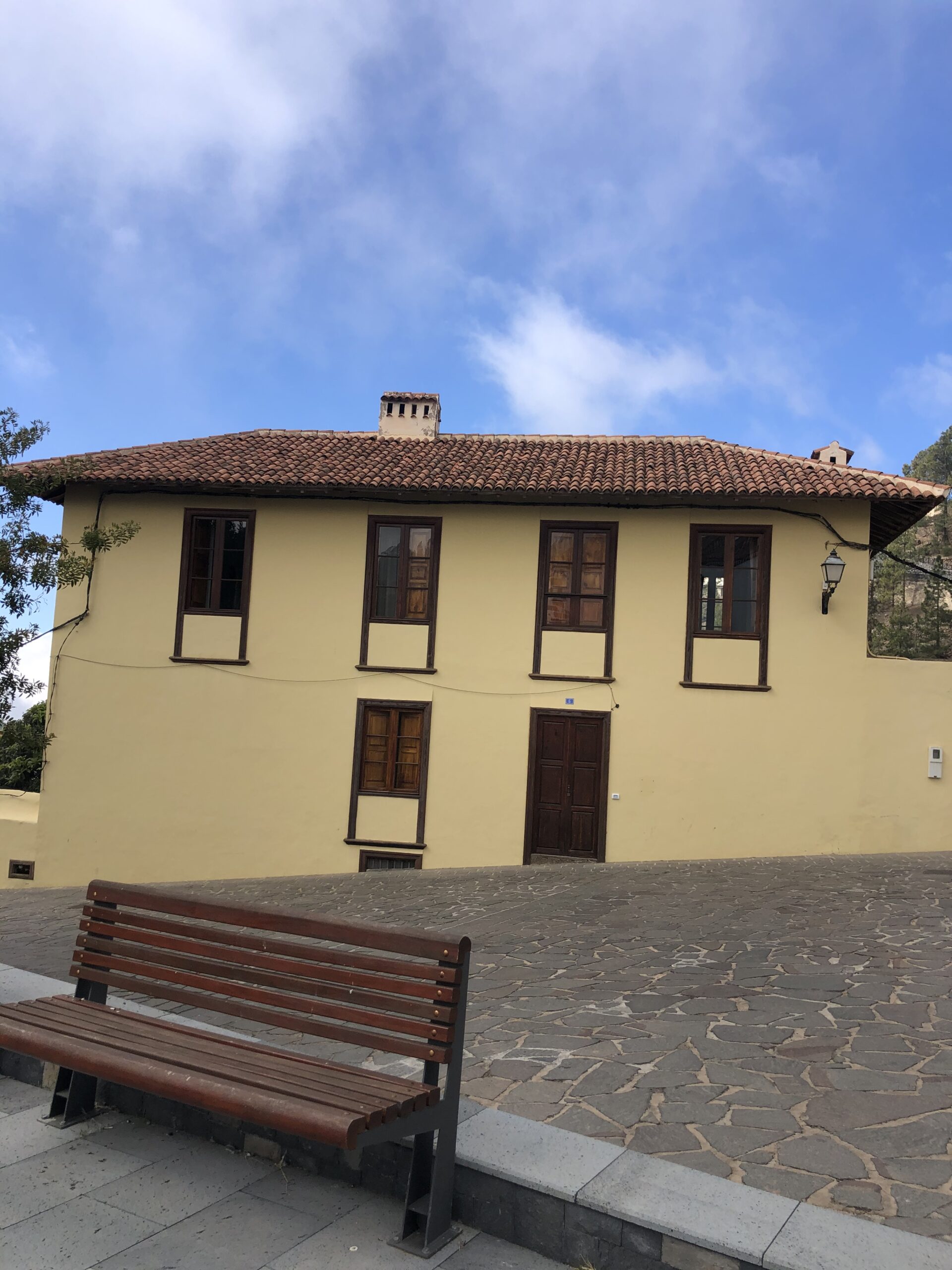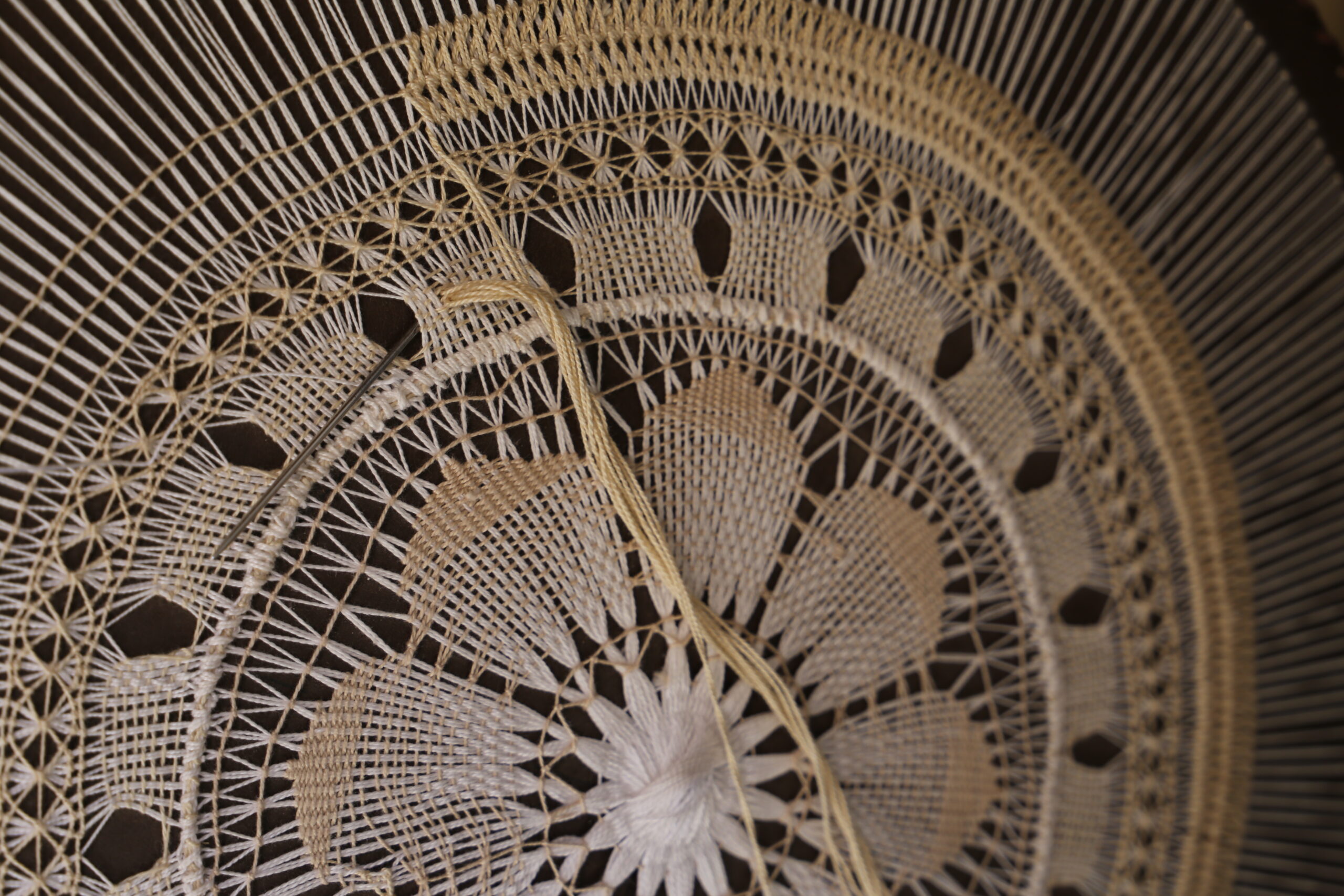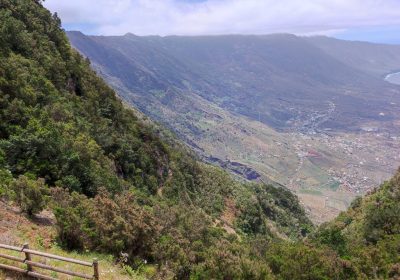“You can’t appreciate what you don’t know” is an expression that could be perfectly applied to the rosette. Although in recent years there has been a growing awareness of its value, this unique technique devised by our ancestors has remained for decades not only in oblivion, but in a tacit contempt that has almost led to its disappearance.
In order to contribute to its recovery and the awareness of its value among the population, and especially among our visitors, we will try to shed some light on the rosette technique and its immeasurable value.
Let us begin by making a distinction of concepts. Lace refers to all “transparent” fabrics, normally the result of “unthreading”, which consists of removing and joining threads of a fabric. The most popular types of lace work in Tenerife are the typical “calados”, whose edges, like those of many laces, are usually embroidered, this being understood as a sewing work in relief. Hence, in Spanish, a synonym for lace is “randa”, a German enthymeme meaning “border”.
Embroidery has its roots in the Ancient Ages, but modern lace emerged in the Veneto at the end of the Middle Ages. It soon spread to Central Europe, to Flanders and from there to Spain. In the Iberian Peninsula, circular laces called “soles” are particularly popular in Catalonia and the whole area bordering La Raya, the Portuguese border. Without detracting from the soles of Salamanca, the soles of El Casar are worthy of mention, as they are the type of lace that arrived in the Canary Islands once the conquest was completed by the Extremadura people, whose presence was notable in the first European settlement of the islands.

It was these Europeans who passed on to the Canary Islanders the new trades that would mark the new socio-economic organisation of the islands, among which was lace making, but this, as it had been done until then, presented a small problem: it required a cloth as a support, and in the Canary Islands, if it was already difficult to obtain raw material to produce thread, let’s imagine producing and acquiring cloth.
Hunger – scarcity, we would say in this case – sharpens the ingenuity and it was very probably necessity that was at the root of the invention of the rosette technique. Can’t get hold of cloth? We make do with thread. And so it was.
Frames and cloth are then dispensed with and drums, called piques, of variable size, preferably with a leather surface and not always circular, are made, into which pins are stuck, which will always occupy the same position in each pique. Starting from the centre, the craftswoman or craftsman weaves the warp and weft radially, passing the thread through the pins, which are always an even number and at the same distance from each other.
This is the moment when lace in Tenerife embarked on a new evolutionary path, the result of adaptation to the materials available and the ingenuity of the humble women. It was then that rosette lace became the only needle lace of Spanish origin. The oldest references to its presence have been found in the district of Chasna in wills dating from the end of the 17th century, so it is assumed that the technique was born in the middle of that century. This region, especially the area comprised in the triangle between Granadilla, Valle San Lorenzo and Vilaflor, has become the cradle and main production centre of this new type of eminently feminine and Canarian lace making.
The thread used was usually cotton, although linen was also used, whose drawback is that it is rough and gives thick threads, and silk, which, apart from its cost, required extreme care. As for the colour, at the beginning the thread was white, but as it was used as a leisure activity during rest periods in the fields, the rosettes were often stained. The solution? The use of beige thread was added. A constant feature of the raw material is that most of it always came from abroad.

Rosettes were mainly used for table linen in homes and churches, but over time their use diversified with the ingenuity of the craftswomen. They were also used as a bargaining chip to buy any type of product: coffee, milk, oil, etc.
As for the piques, the leather on their surface came from old packsaddles and they were filled with sawdust, rice and even gofio. However, the piques filled with the latter two materials did not last long because of weevils. Moreover, as they accumulated moisture, they would rust the pins, so, again, in a brilliant display of island ingenuity, they switched to filling them with human hair. Problem solved. No weevils, no dampness.
Rosettes and piques were joined in the late 19th century, exclusively in Vilaflor, by a kind of netting used to bind the rosettes together. It is known that a British woman called Mary Edwards, who had lived in Güímar, decided to move to Vilaflor de Chasna, where she lived until her death. Miss Edwards is credited with importing the ‘punto de aguja de Vilaflor’ (Vilaflor needlepoint), a kind of refined-looking mesh with which, since then, the rosette makers of Chasna, and only they, have joined the rosettes they make.

“The Tenerife rosette. Origin and expansion”. (González, 2016)
Testimony of Antonio Rodríguez Ruiz, master rosette knitter
Through this publication, APIT Tenerife echoes the research of its associates and supports the generation of knowledge by its associated tourist guides. However, the opinions expressed by the authors of the articles do NOT reflect in any way the position of the Association. APIT Tenerife is an apolitical, professional and inclusive entity that promotes Canarian heritage of any kind. If you want to contribute elements to the debate on the topics discussed here, we invite you to contact the author whose contact details appear in the signature of the article and in the list of associated guides.





mi enhorabuena , por la informacion por favor esa informacion podrian mandarla al museo del encaje de tordesillas su autora de ese museo no tiene ni idea de la historia de la roseta y no sabe nada por decir que dice que la introdujo cristobal colon en canarias la roseta , resulta ironico , y decir que no la valora como es debido indignante la roseta es unica es un tesoro ,es arte en vivo ,la roseta es unica maravillosa ,un sinfin de creatividad VIVA MI ROSETA CANARIA Y TODOS SUS ARTESANOS VIVA CANARIAS M CARMEN
Hola, estoy haciendo una investigación sobre la perdurabilidad de la roseta de Tenerife en un municipio de Cuba. Me gustaría recebar información sobre este diseño textil. Gracias
Donde surgen las rosetas en canarias, en Tenerife? o en Lanzarote?
En Lanzarote, un poco de cultura por favor, que falta de respeto. Un saludo =)